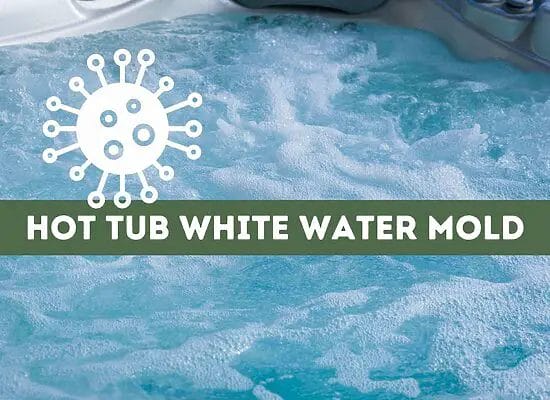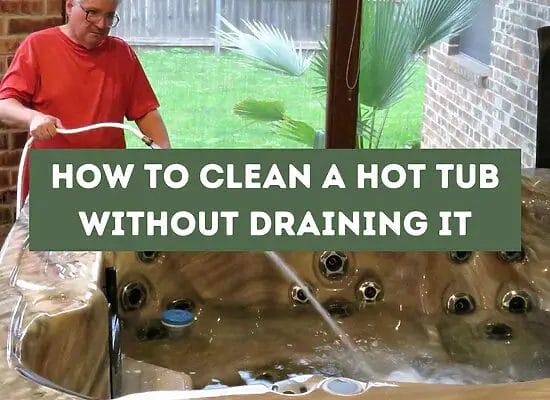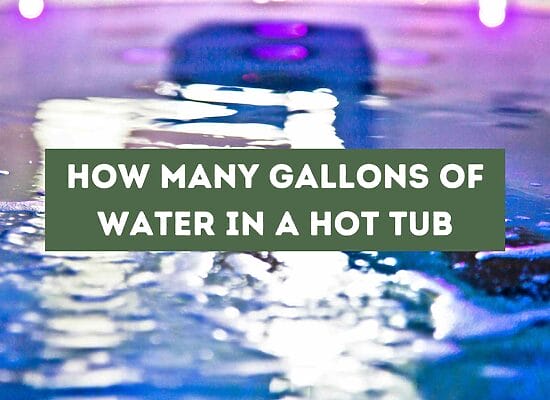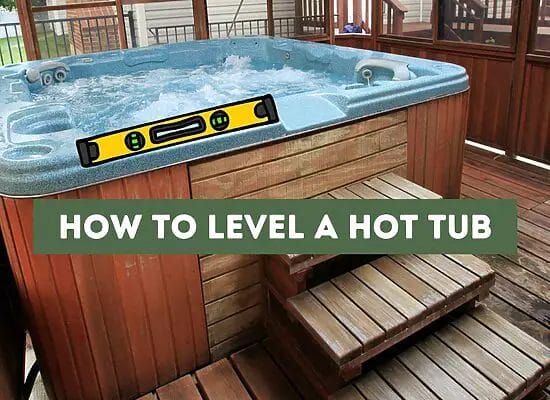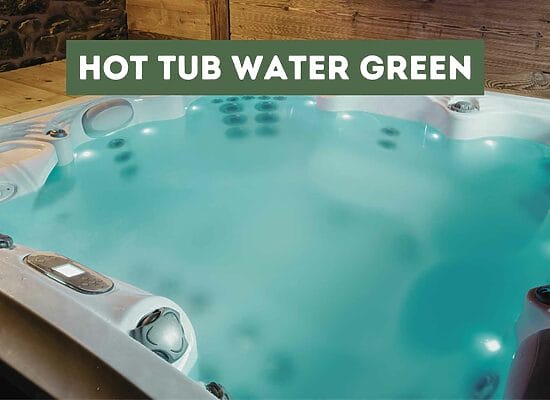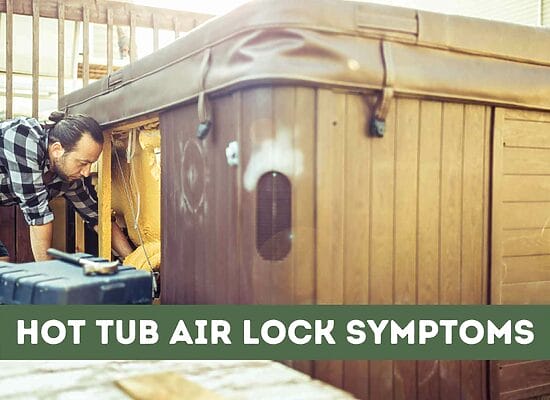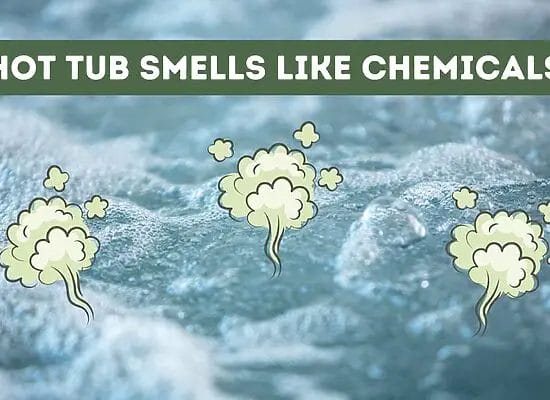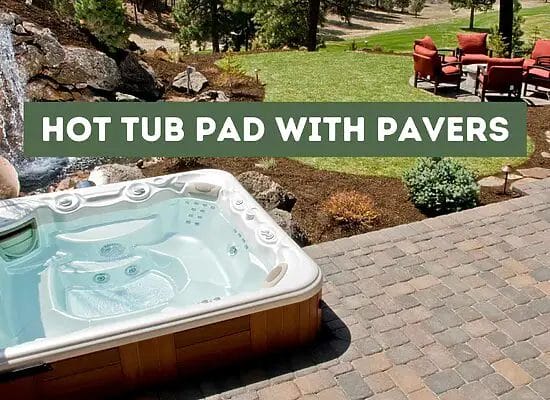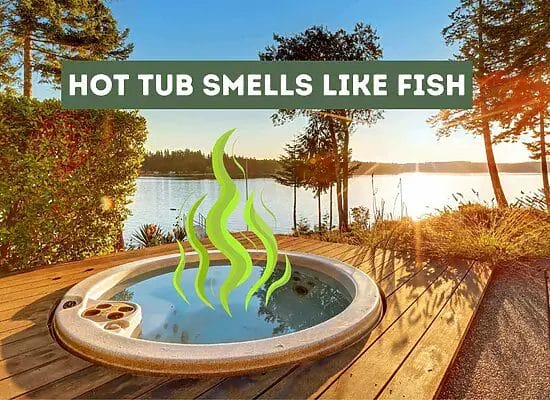
If you’re a hot tub owner, you may be wondering whether you should leave your hot tub on all the time. While there’s no definitive answer, leaving your hot tub on 24/7 is generally recommended.
Hot tubs are designed to run continuously, and frequently turning them on and off or adjusting the temperature can significantly increase your electricity costs. However, there are some situations where turning your hot tub off or winterizing it may be necessary, such as when you plan to be away for an extended period.
Maintaining your hot tub’s temperature 24/7 is an essential part of hot tub operation. Because it takes time to heat up such a large volume of water, it’s more energy-efficient to leave your hot tub on rather than turn it off and on each day. This means that you’ll be able to enjoy your hot tub whenever you want without having to wait for it to heat up. However, it’s important to keep in mind that leaving your hot tub on all the time will increase your energy costs, so you’ll need to factor this into your budget.
Key takeaways:
- Continuous Operation Recommended: It’s generally advised to leave your hot tub on 24/7 because hot tubs are designed to run continuously. Frequently turning them on/off or adjusting temperature can lead to higher electricity costs.
- Energy Efficiency: Maintaining a constant temperature is energy-efficient. Leaving the hot tub on saves energy compared to turning it on/off daily, as reheating a large volume of water is energy-intensive.
- Consider Energy Costs: While leaving the hot tub on all the time is convenient, it will increase your energy expenses. Budget for higher energy costs when making the decision.
- Vacation and Extended Absence: If you’re away for a long period, consider turning off the hot tub or winterizing it to save energy. This prevents unnecessary energy use and potential damage.
- Hot Tub Size and Type: Choose a hot tub size that fits your needs and space. Portable and permanent hot tubs have different installation requirements and characteristics.
- Hot Tub Maintenance: Regular maintenance, including cleaning the filter, draining/refilling water, and insulation improvements, is crucial for efficiency and longevity.
- Energy Consumption and Cost Reduction: Understand your electricity bills, seek energy-efficient hot tub features, lower temperature when not in use, and utilize timers to manage running costs effectively. Consider lifespan and efficiency when purchasing a hot tub.
Understanding Hot Tub Basics
If you’re new to hot tubs, it’s essential to understand the basics before deciding whether to leave your hot tub on all the time. A hot tub is a large tub filled with hot water that is used for relaxation, hydrotherapy, and entertainment. Hot tubs come in different sizes and types, ranging from small inflatable hot tubs to high-quality tubs that can accommodate several people at once.
Hot Tub Size and Type
The size of your hot tub will depend on your needs, budget, and available space. Smaller hot tubs are usually cheaper and easier to maintain, while larger hot tubs offer more space and features. The most common hot tub sizes are:
- 2-4 person hot tubs
- 5-6 person hot tubs
- 7-8 person hot tubs
When it comes to hot tub types, there are two main categories: portable and permanent. Portable hot tubs are usually inflatable or made of lightweight materials and can be moved around easily. Permanent hot tubs are built into the ground or on a deck and require professional installation.
Hot Tub Covers
Hot tub covers are essential to keep your hot tub clean, energy-efficient, and safe. A hot tub cover is a protective lid that fits over the hot tub and keeps debris, leaves, and animals out of the water. Hot tub covers also help retain heat and reduce energy costs by preventing heat loss. When choosing a hot tub cover, consider the following:
- Material: Hot tub covers can be made of vinyl, foam, or other materials. Vinyl covers are usually cheaper but less durable than foam covers.
- Size: Your hot tub cover should fit snugly over the hot tub and be easy to remove and replace.
- Quality: Invest in a high-quality hot tub cover to ensure it lasts longer and provides better protection.
Remember that leaving your hot tub on all the time can significantly increase your electricity costs. However, if you plan to use your hot tub frequently, it’s more economical to leave it on rather than turn it off and on every day. If you plan to be away for an extended period, consider turning off your hot tub or winterizing it to save energy and prevent damage.
Running Your Hot Tub
Maintaining your hot tub is an important part of ensuring its longevity and efficiency. One of the questions that hot tub owners often ask is whether they should leave their hot tub running all the time. In general, it is recommended that you keep your hot tub running constantly to maintain a consistent temperature. However, there are certain situations where you may want to turn it off or adjust the temperature.
Maintaining Constant Temperature
Hot tubs are designed to be left on all the time. This is because heating up a large volume of water takes time and energy. By keeping your hot tub running constantly, you can maintain a consistent temperature and save energy in the long run. It is also important to note that turning your hot tub on and off frequently can cause more wear and tear on the system.
Hot Tub in Winter
If you live in an area with cold winters, you may be wondering how to winterize your hot tub. It is important to keep your hot tub running during the winter months to prevent the water from freezing. However, you may want to adjust the temperature to save energy. It is recommended that you keep the temperature between 80-85°F (26-29°C) during the winter months.
Hot Tub While on Vacation
If you are going on vacation and will not be using your hot tub for an extended period of time, it is recommended that you turn it off or adjust the temperature. This will help save energy and prevent any issues from occurring while you are away. If you are going to be away for an extended period of time, it is also recommended that you drain and winterize your hot tub to prevent any damage from occurring.
Hot Tub Maintenance
Maintaining your hot tub is essential to ensure it operates efficiently and lasts for years to come. In this section, we’ll cover the basics of hot tub maintenance, including cleaning and draining, refilling and heating up, and insulation and energy efficiency.
Cleaning and Draining
To keep your hot tub clean, you should regularly clean the filter and drain and refill the water. The frequency of cleaning and draining can vary depending on usage, but a good rule of thumb is to clean the filter every two weeks and drain and refill the water every three to four months.
When cleaning the filter, you should turn off the circulation pump and remove the filter from the hot tub. Then, use a hose to clean the filter and soak it in a degreasing agent to remove any built-up oils and debris. Once cleaned, rinse the filter thoroughly and place it back in the hot tub.
To drain and refill the water, turn off the power to the hot tub and use a submersible pump to drain the water. Once drained, use a cleaning solution to clean the hot tub’s surface and refill with fresh water. It’s important to follow the manufacturer’s instructions when adding chemicals to the water.
Refilling and Heating Up
After refilling the hot tub, you’ll need to heat up the water to your desired temperature. This can take several hours, so it’s best to plan ahead. To save energy, you can set the temperature to a lower setting when not in use and turn it up a few hours before use.
It’s important to note that frequently turning the hot tub on and off or adjusting the temperature can significantly increase your electricity costs. It’s more economical to leave the hot tub running all the time, except when you plan to be away for three weeks or longer.
Insulation and Energy Efficiency
To improve energy efficiency, you can add insulation to your hot tub’s cover and sides. Insulating side panels can reduce heat loss and save on energy costs. Additionally, using a high-quality cover can help retain heat and reduce evaporation.
Regular maintenance and proper insulation can help keep your hot tub running efficiently and save on energy costs. By following these tips, you can enjoy your hot tub for years to come.
Energy Consumption and Costs
When it comes to hot tubs, one of the most significant concerns is energy consumption and costs. Keeping your hot tub on all the time can be expensive, but turning it off and on frequently can be even more costly. In this section, we’ll explore ways to reduce your hot tub’s energy consumption and costs while still maintaining its efficiency.
Understanding Electricity Bills
Before we dive into reducing your hot tub’s energy consumption, it’s important to understand how electricity bills work. Most electricity bills are calculated based on kilowatt-hours (kWh). A kilowatt-hour is the amount of energy used by a 1,000-watt appliance for one hour. The cost per kWh varies depending on your location and electricity provider.
Reducing Running Costs
One way to reduce your hot tub’s running costs is to make sure it’s energy-efficient. Look for hot tubs with energy-efficient features, such as insulated covers and energy-saving pumps. You can also reduce your hot tub’s energy consumption by lowering the temperature when you’re not using it. However, make sure you don’t lower it too much, or it will take longer to heat up when you want to use it again.
Another way to reduce your hot tub’s running costs is to use a timer. A timer can be set to turn your hot tub on and off at specific times so it’s only running when you need it to be. This can be especially useful if you have a hot tub that you only use on weekends or for special occasions.
Evaluating Lifespan and Efficiency
When shopping for a hot tub, it’s important to consider both its lifespan and efficiency. A hot tub with a longer lifespan will be more cost-effective in the long run, as you won’t need to replace it as frequently. Look for hot tubs with durable materials and high-quality construction.
Efficiency is also important, as a more efficient hot tub will use less energy and cost less to operate. Look for hot tubs with energy-efficient features, such as insulation and efficient pumps. You can also evaluate a hot tub’s efficiency by looking at its energy consumption rating.
Health and Safety Considerations
When it comes to hot tubs, keeping the water clean and safe is essential for your health and well-being. Here are some health and safety considerations to keep in mind:
Water Quality and Chemicals
Maintaining proper water quality is crucial to prevent the growth of bacteria and algae. Regularly testing the water and adjusting the chemical levels is necessary to ensure that the water is safe to use. Chlorine and bromine are commonly used to sanitize the water and keep it free of harmful microorganisms.
It is important to follow the manufacturer’s instructions when adding chemicals to the water. Overdosing can cause skin irritation and respiratory problems while underdosing can lead to bacterial growth. Be sure to keep all chemicals out of reach of children and pets.
Algae and Bacteria Issues
Stagnant water can lead to the growth of algae and bacteria, which can cause skin infections, respiratory problems, and other health issues. Regularly cleaning the hot tub and changing the water every few months can prevent these issues. If you notice any signs of algae or bacterial growth, it is important to take action immediately to prevent the spread of harmful microorganisms.
Slippery Surfaces and Leaks
Hot tubs can be slippery, especially when wet. Be sure to install slip-resistant surfaces around the hot tub to prevent falls and injuries. Additionally, leaks can cause water damage and increase the risk of electrical shock. Regularly inspecting the hot tub for leaks and repairing them promptly can prevent these issues.
FAQ: Should I Leave My Hot Tub On All the Time
What is the most energy-efficient way to run a hot tub?
To run your hot tub in the most energy-efficient way, you can use a timer to set it to turn on a few hours before you plan to use it and turn off a few hours after. This way, it won’t be running constantly, but it will still be warm and ready for you to use when you want it. Additionally, make sure to keep the hot tub cover on when not in use to retain heat and reduce energy consumption.
How often should I drain my hot tub?
It is recommended to drain and refill your hot tub every three to four months, depending on usage. This will help maintain the water quality and prevent any buildup of bacteria or other contaminants.
What temperature should I keep my hot tub when not in use?
When not in use, it is recommended to keep your hot tub temperature at around 80-85°F (26-29°C). This will help save energy and reduce your overall electricity bill.
Can I turn off my hot tub in the winter?
It is not recommended to turn off your hot tub in the winter, as the water can freeze and cause damage to the pipes and equipment. Instead, you can lower the temperature to around 60°F (15°C) to save energy while still preventing freezing.
Is it cheaper to leave my hot tub on constant?
No, it is not cheaper to leave your hot tub on constantly. This will result in higher energy consumption and a higher electricity bill. It is recommended to use a timer to set it to turn on a few hours before use and turn off a few hours after.
Should I turn my hot tub off when not in use?
It is not necessary to turn off your hot tub when not in use, but you can lower the temperature to save energy. Additionally, make sure to keep the hot tub cover on when not in use to retain heat and reduce energy consumption.

